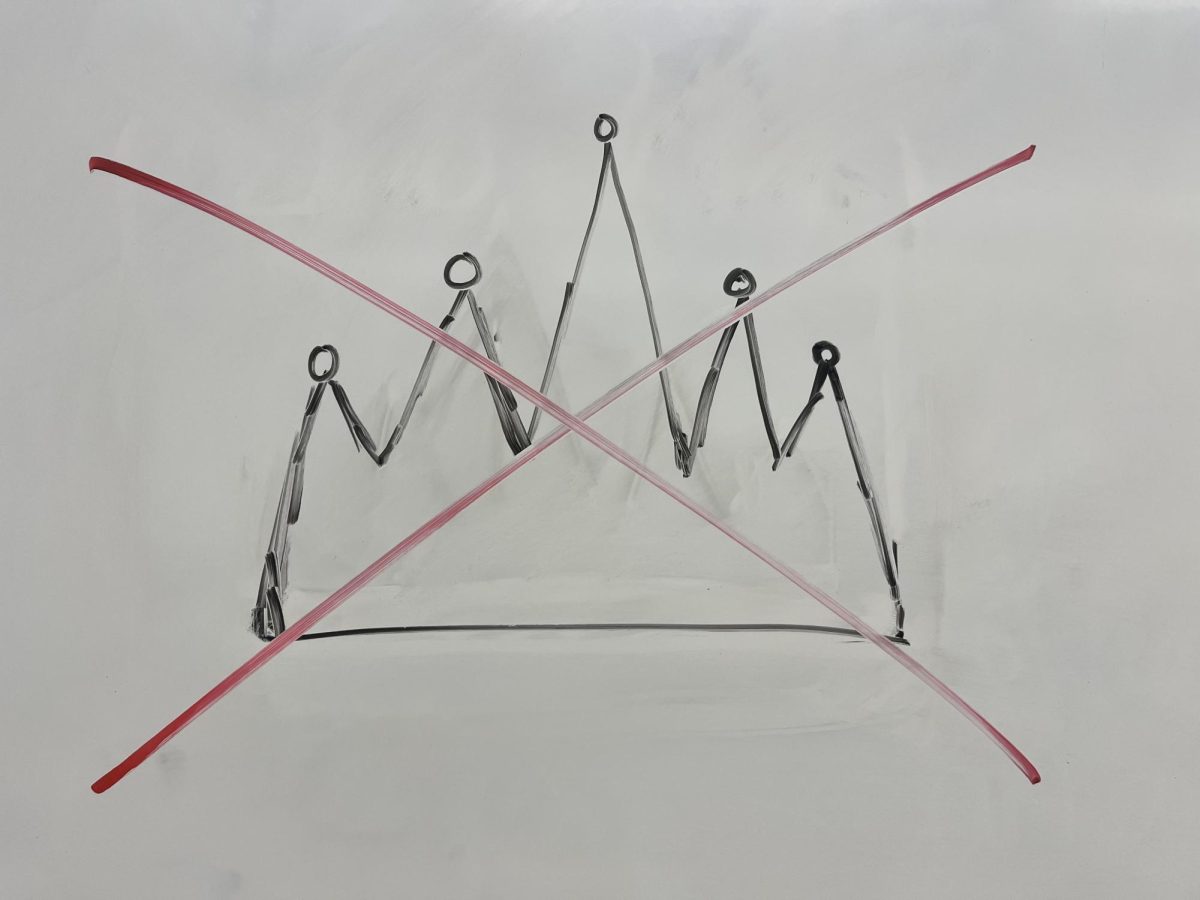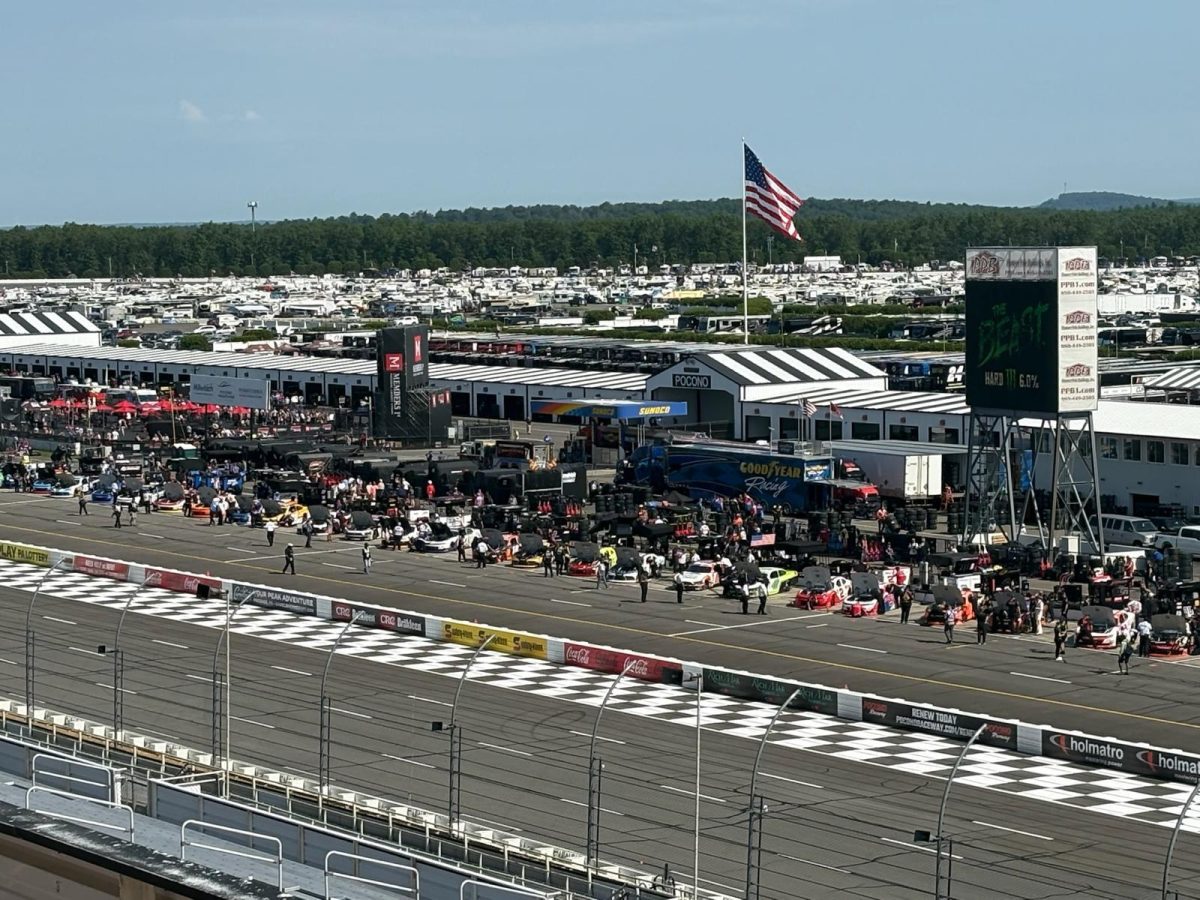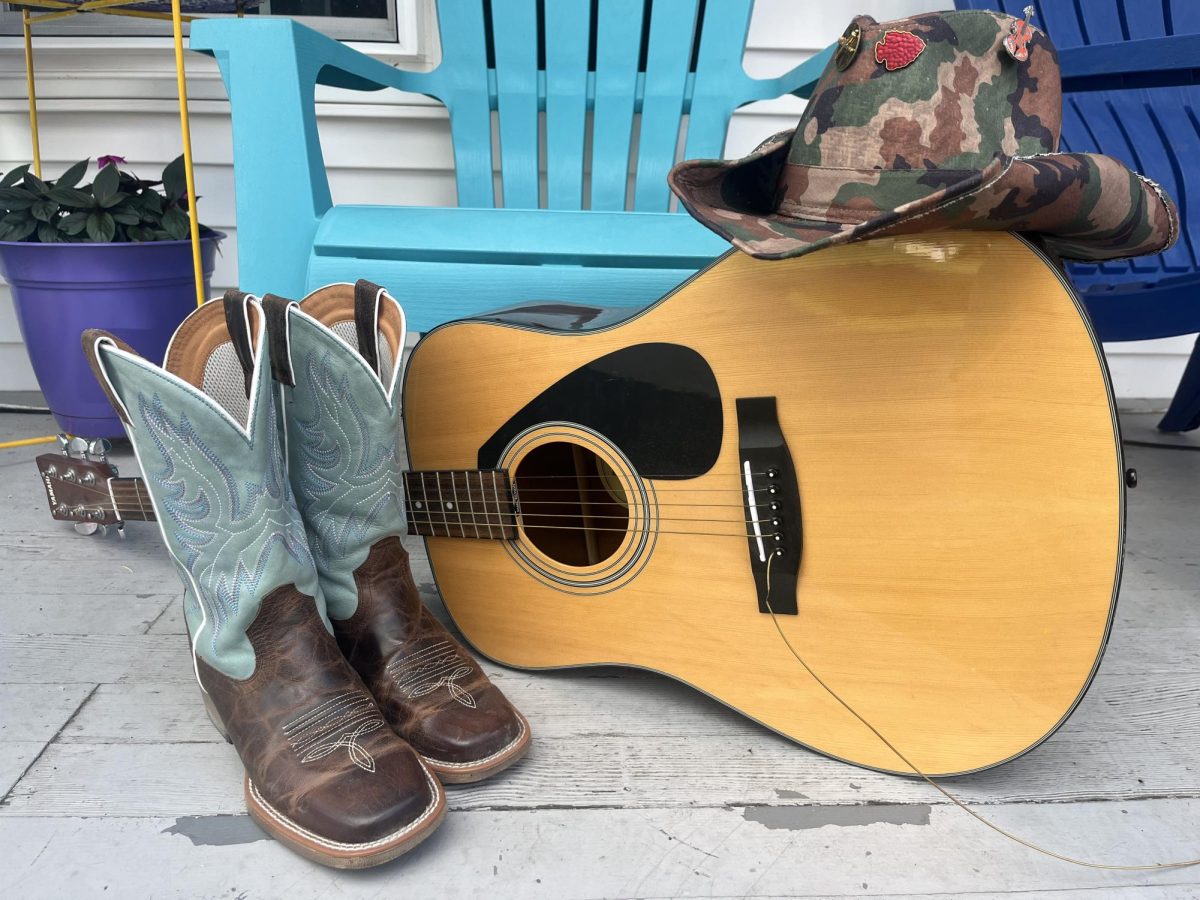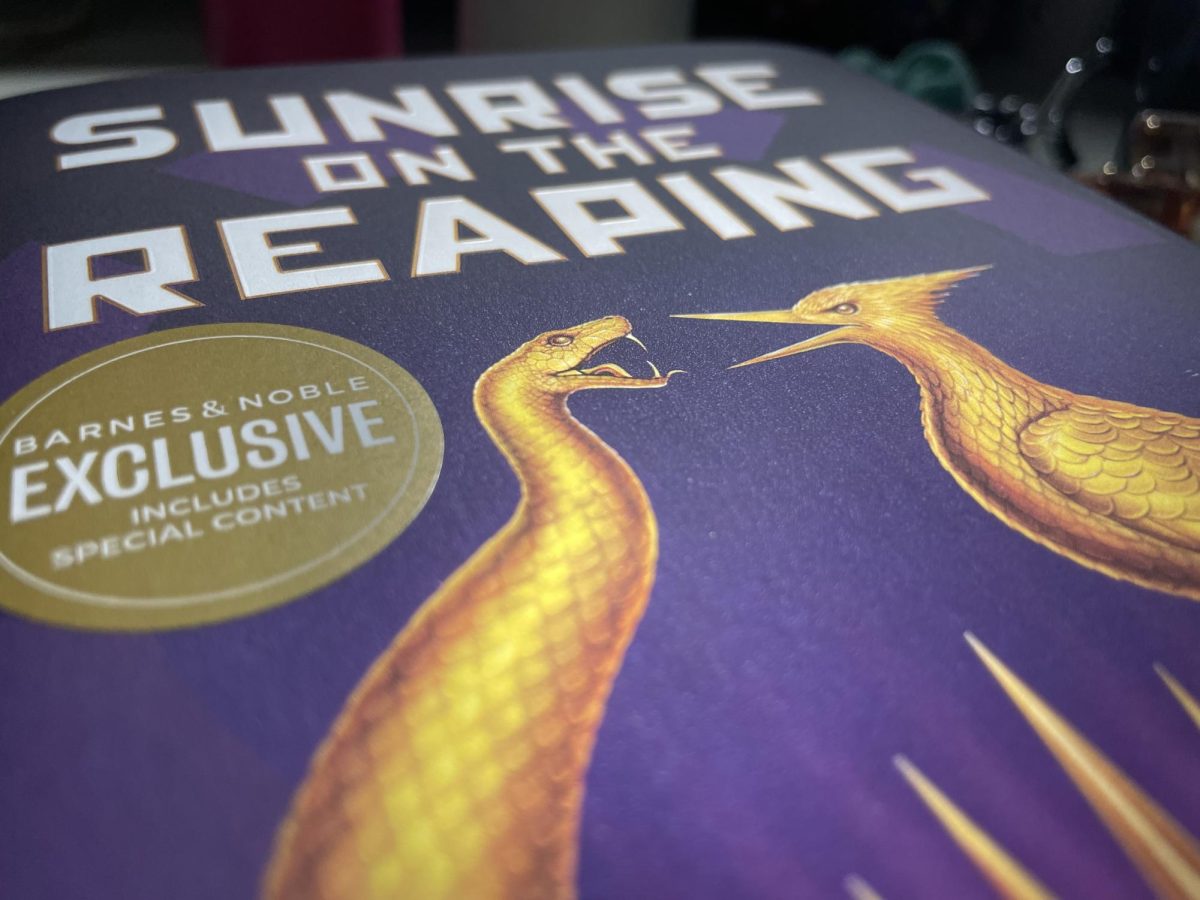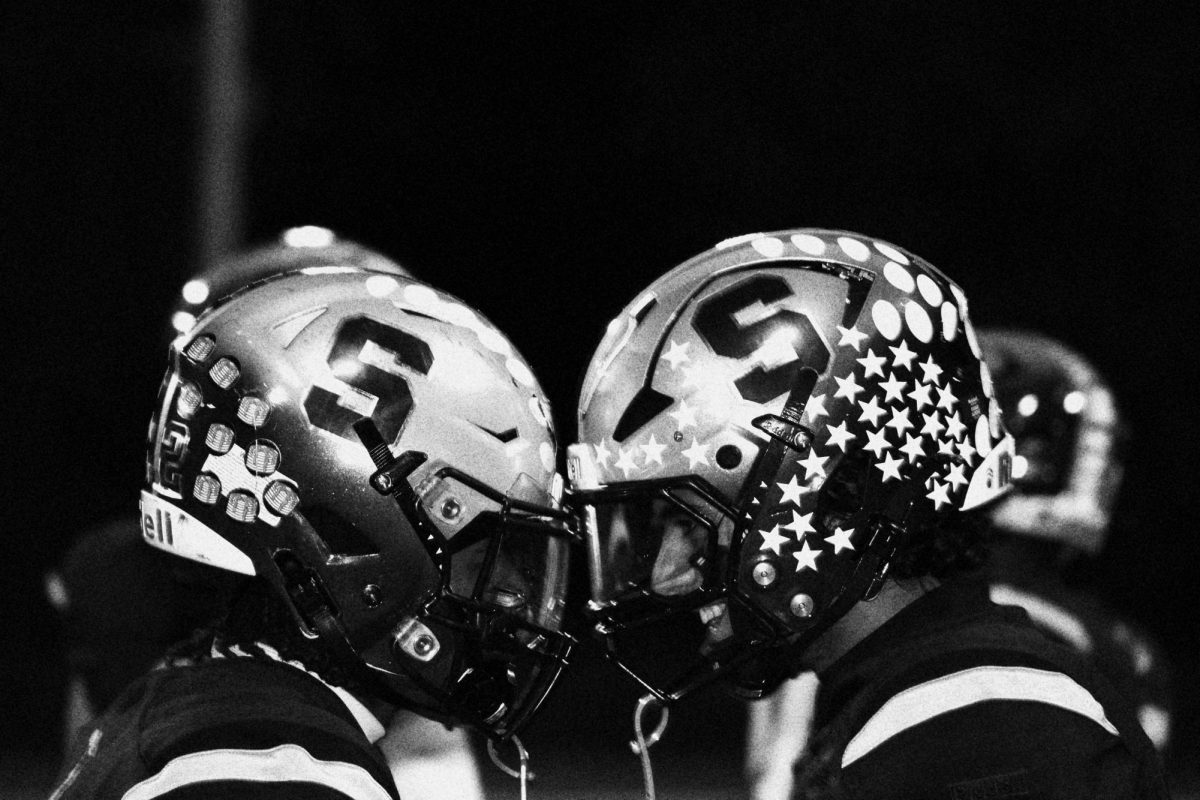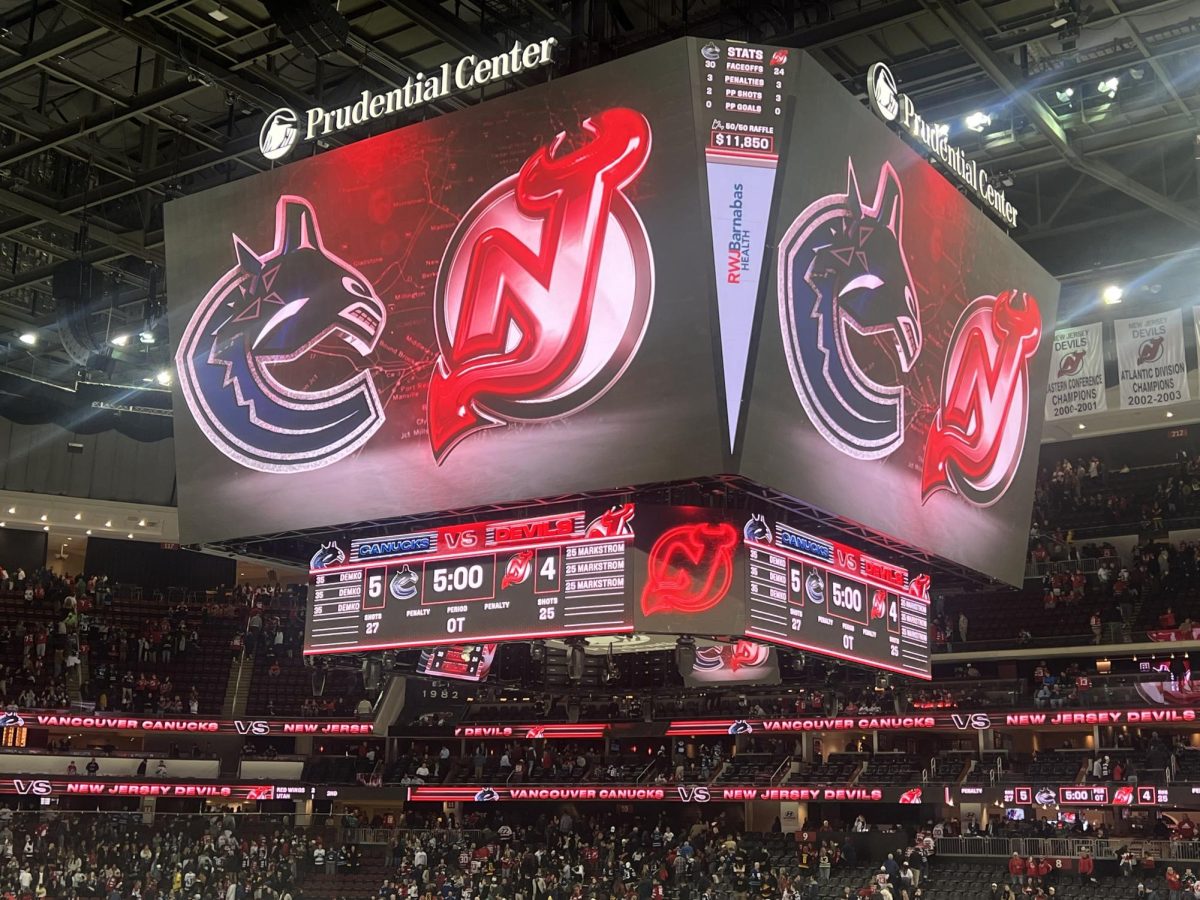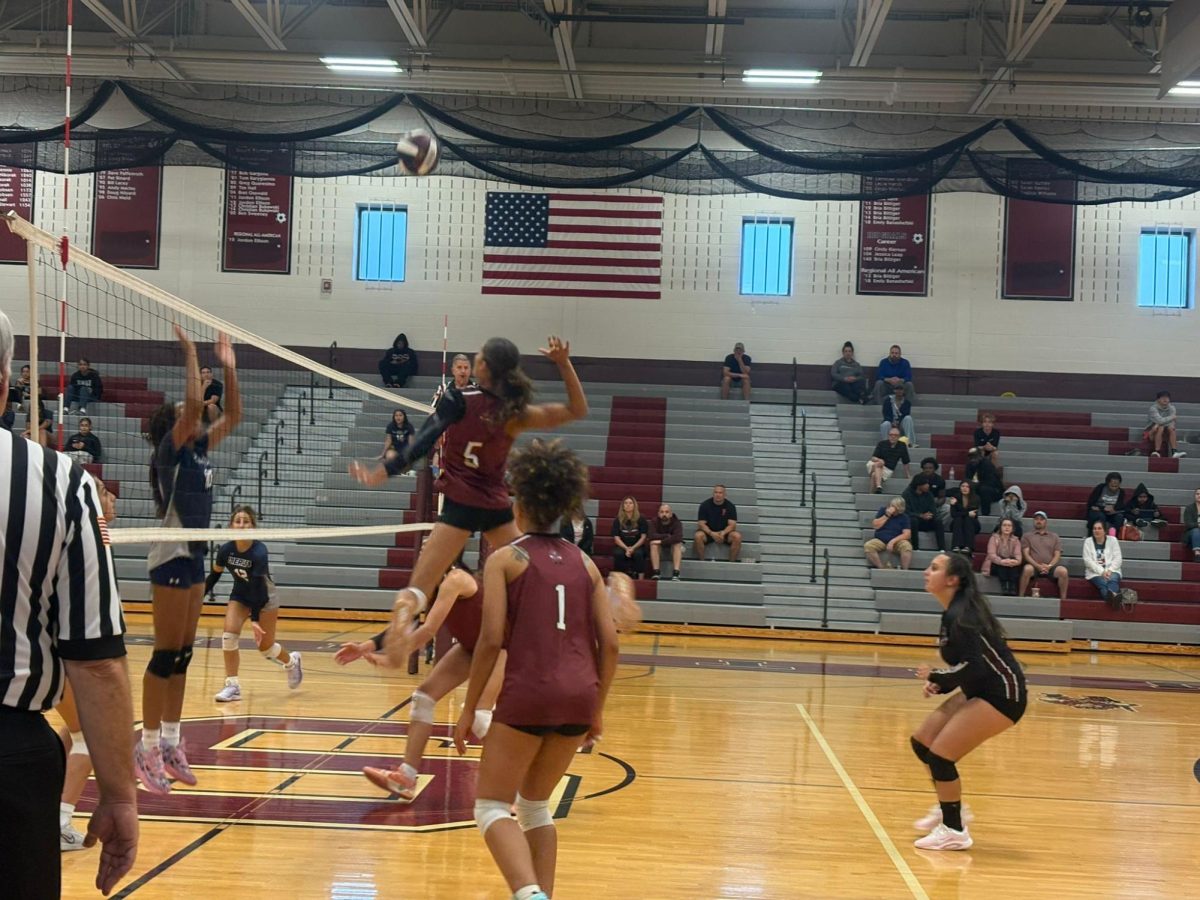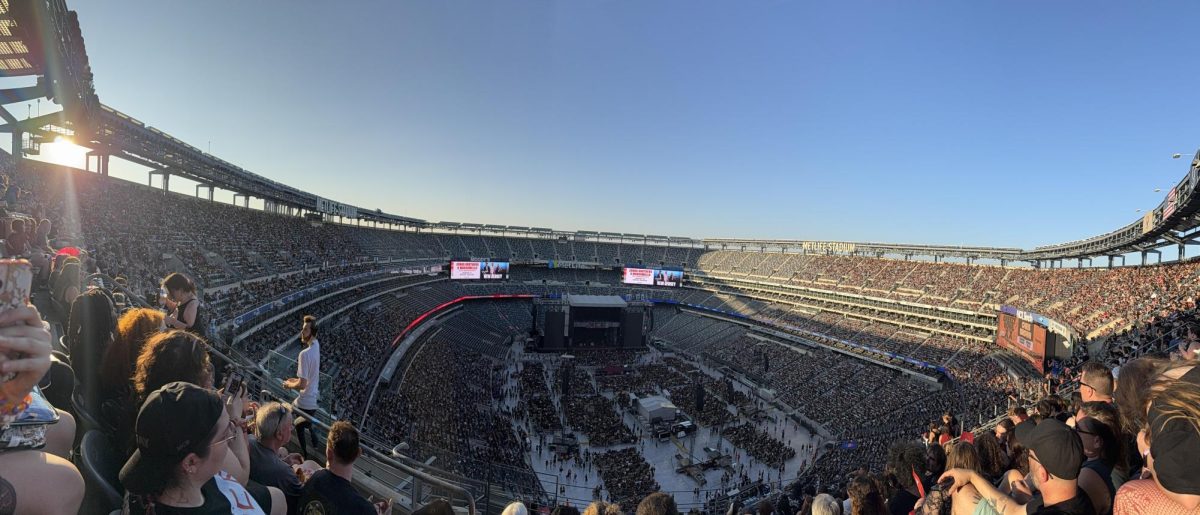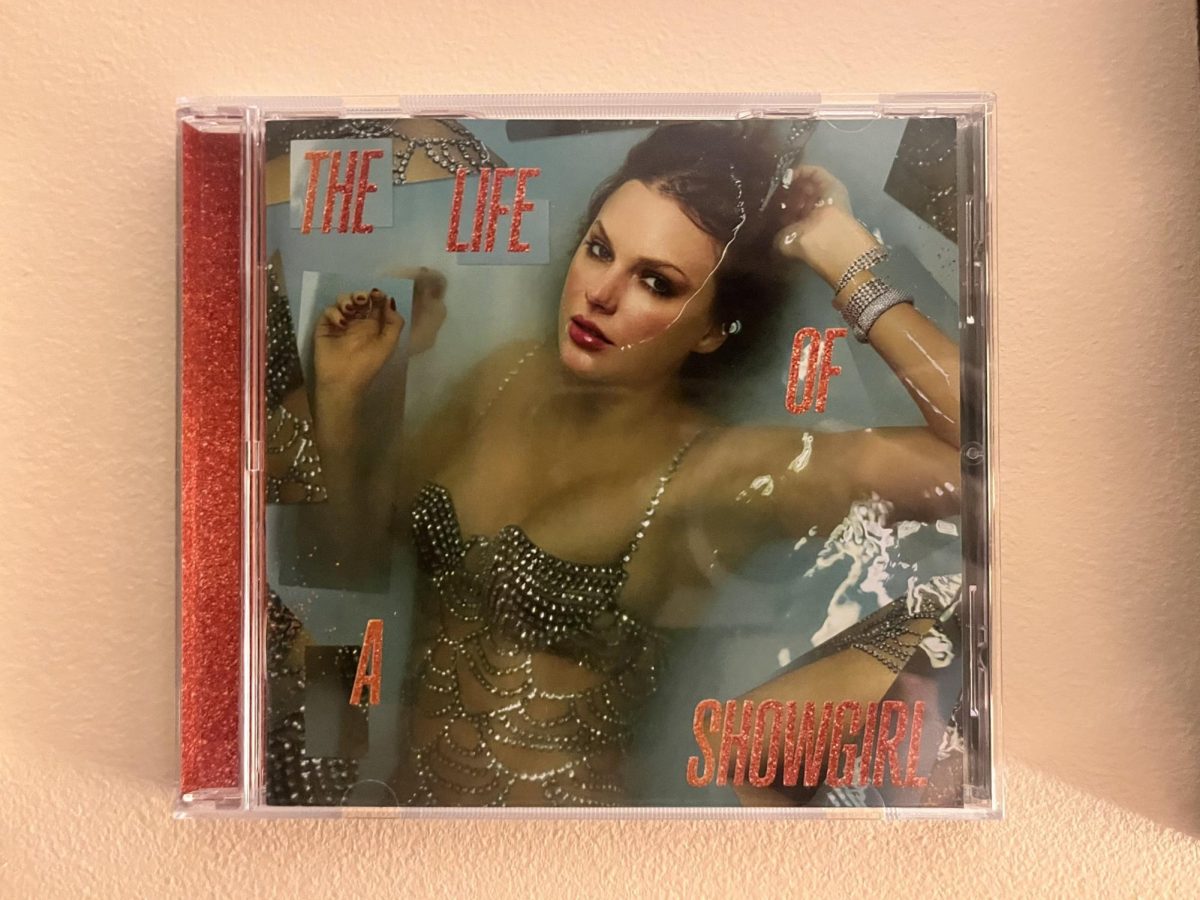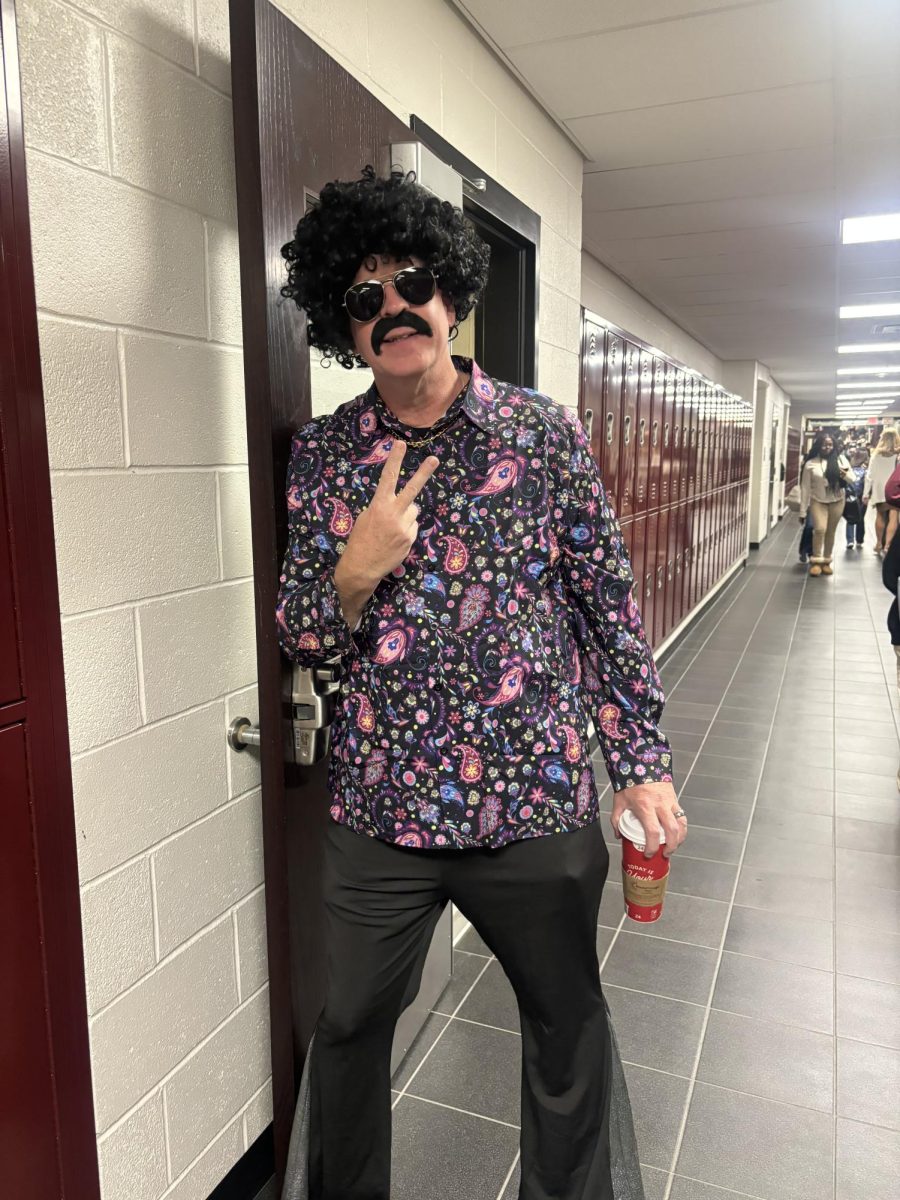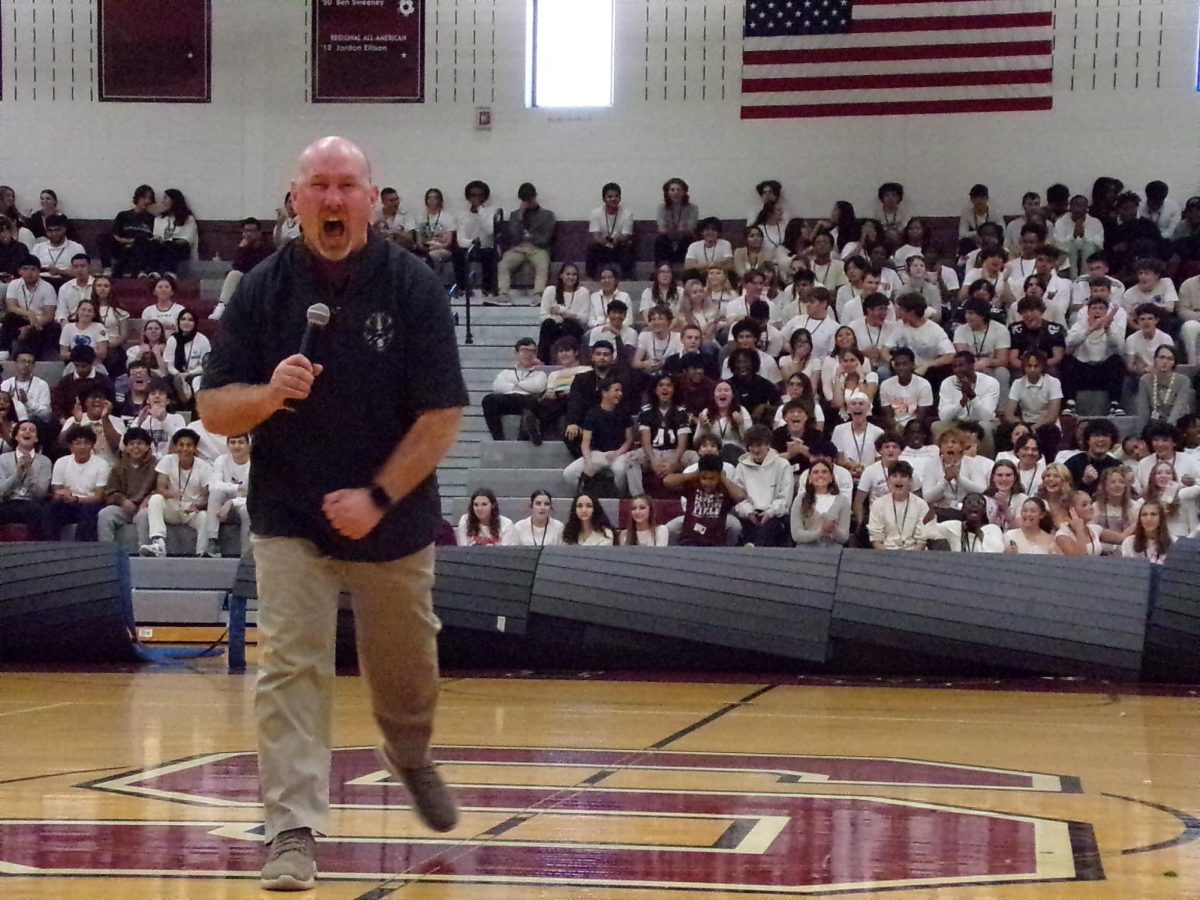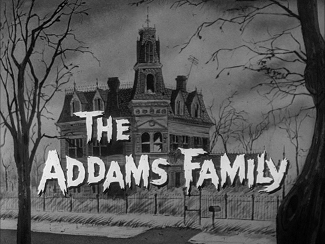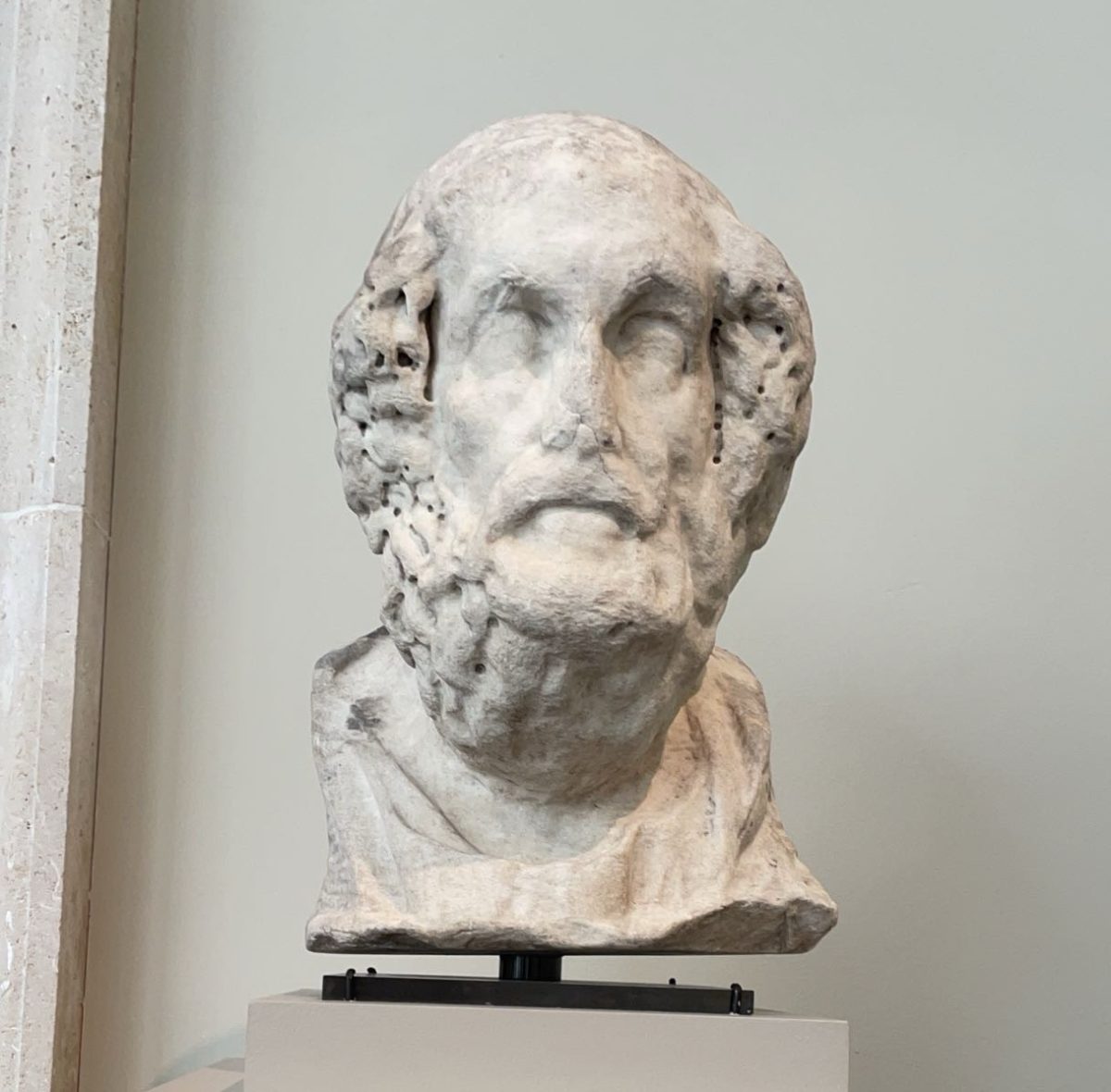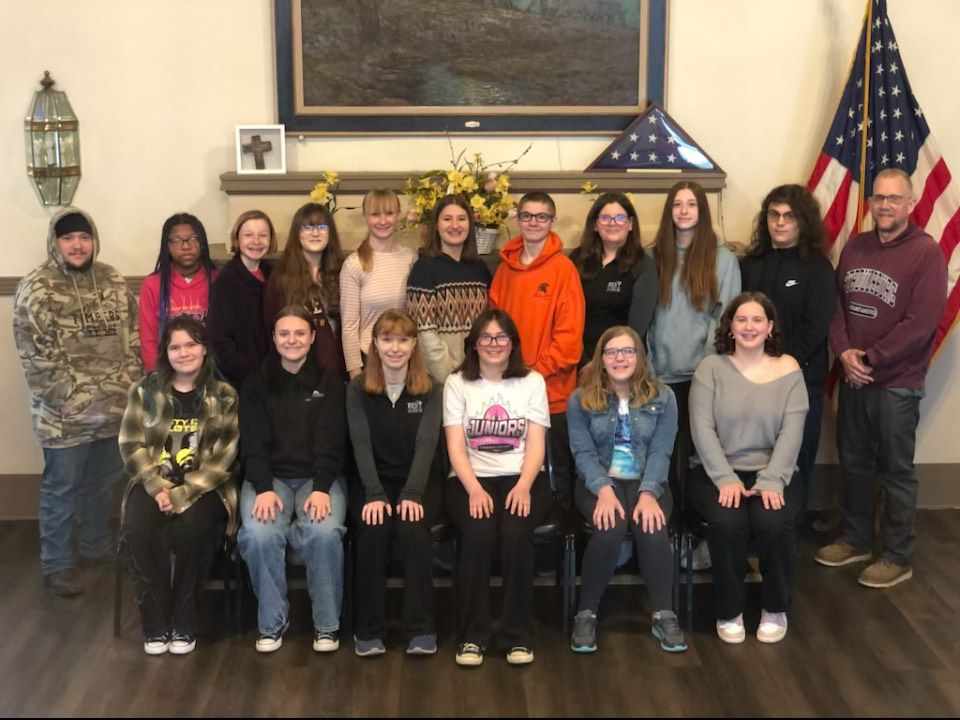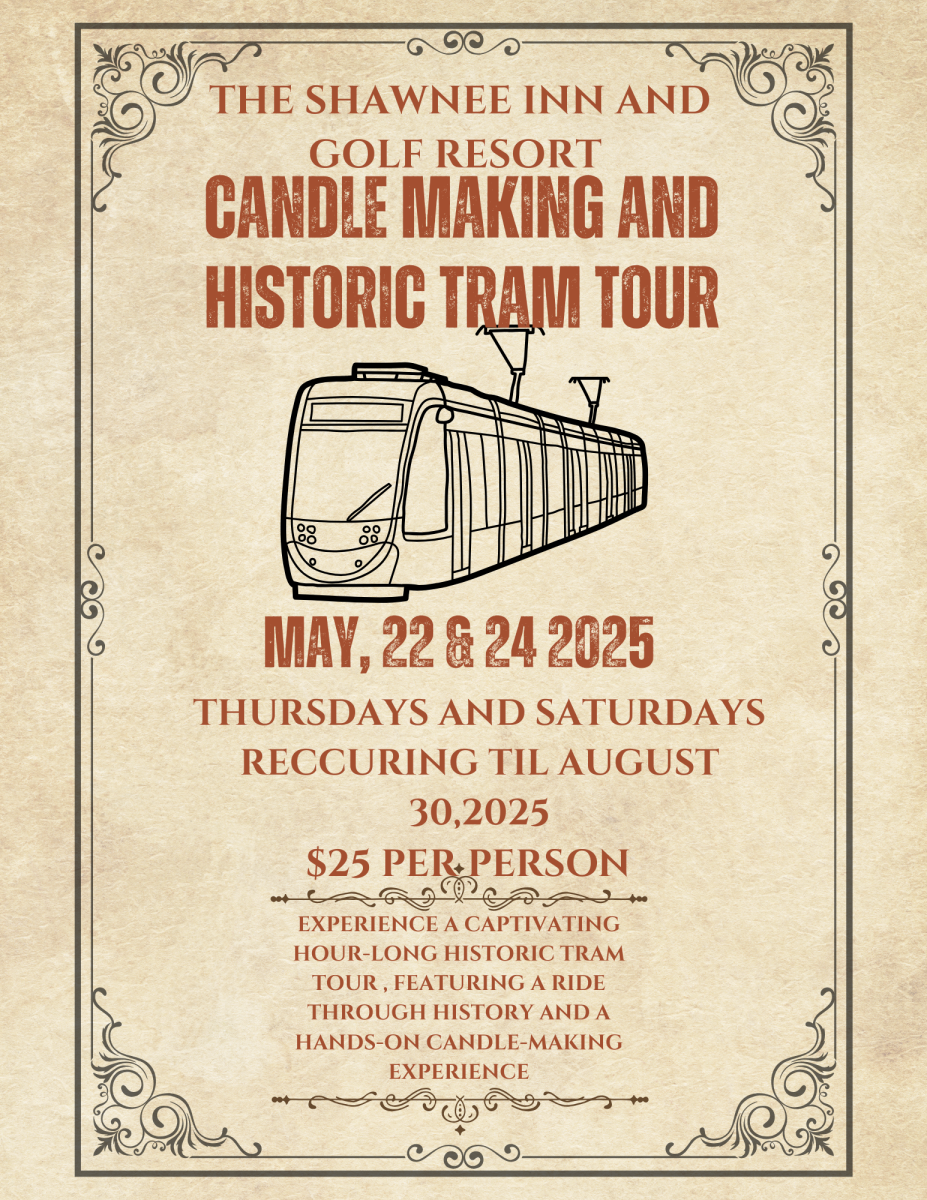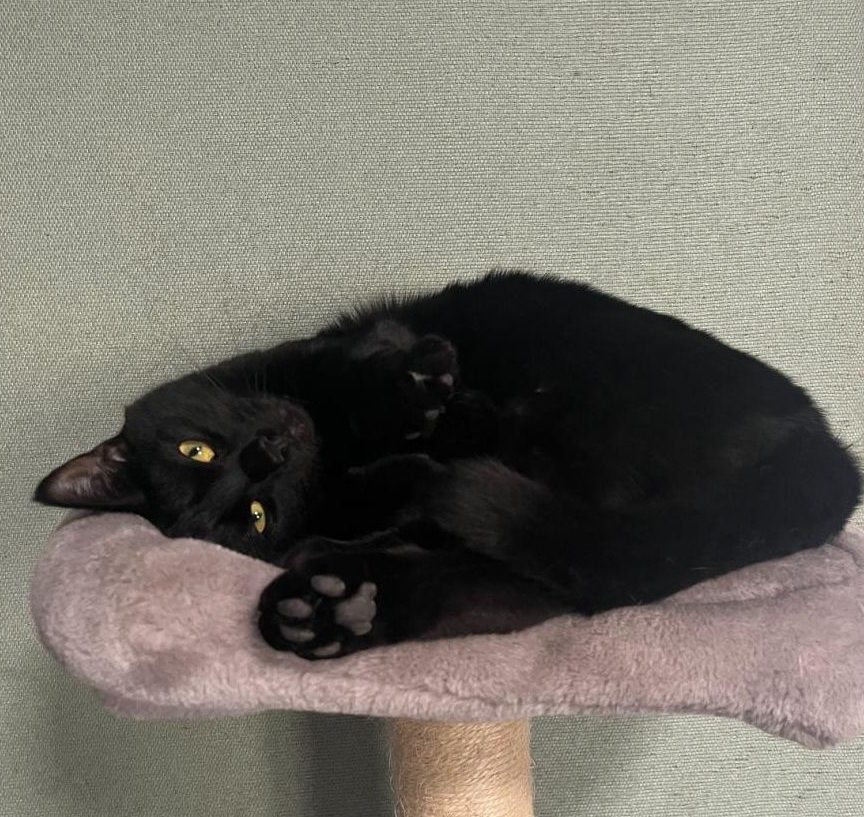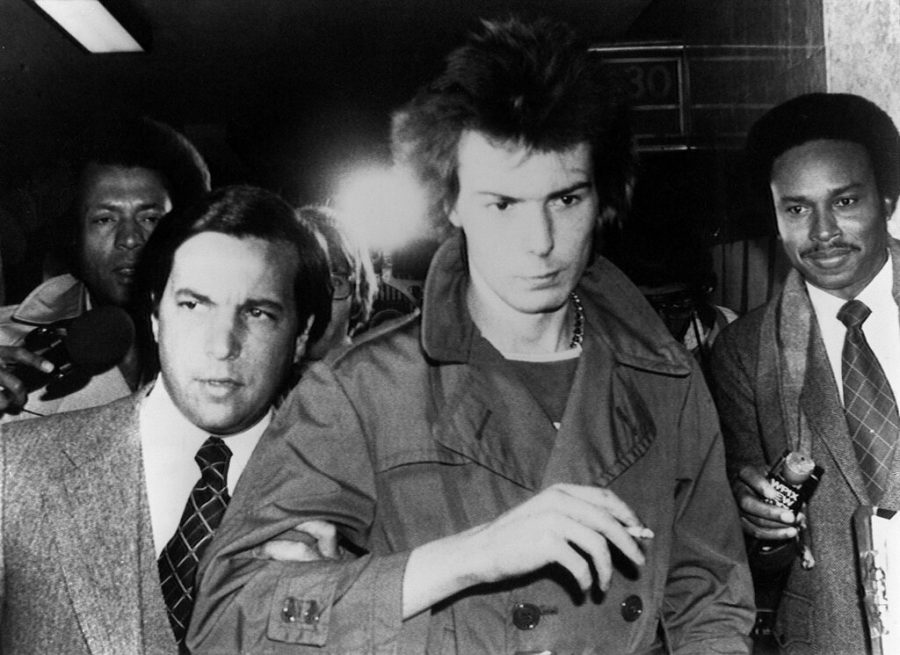Are rock stars doomed to die young?
The perils of the rock star lifestyle
April 18, 2020
“I’ll die before I’m 25, and when I do I’ll have lived the way I wanted to.”
– Sid Vicious, bassist for the Sex Pistols, who died at 21 years old of a heroin overdose.
Rock stars are often characterized by partying, life on the road, and just being punks, in general. This lifestyle may seem ideal or even idolized by many, but the stress of touring and constant media attention can lead to substance abuse and other issues. Are legendary musicians doomed to die young?
The ’60s introduced a whole new process behind making music: psychedelic drugs. Jazz and swing music artists had been using drugs to get into a more creative mindset since the ’30s, but it wasn’t popular on the mainstream till rock bands discovered them. Popular artists like The Beatles, Jimi Hendrix, and Cream all made extremely popular singles referencing drug use.
Drug use was so prevalent in popular music it was essentially normalized in America. However, the general population’s opinion on drugs did a quick 180 after prominent figures in rock music died from substance abuse, such as Jimi Hendrix, Jim Morrison of The Doors, and Janis Joplin.
After this, anti-drug messages could be found in popular music. This did not stop rock stars from “partying” and overdosing at a very young age, though. Partying and drugs were destroying many bands’ musical ability. Jimmy Page, lead guitar of Led Zeppelin, was losing guitar skills to a crippling heroin addiction. Aerosmith could barely play live shows because they were constantly hammered, high, or both.
The question many ask is, why? Why would these famous rock stars risk jeopardizing their careers over substance abuse and partying?
A common answer is that it’s just the lifestyle they are expected to follow. Peer pressure is a rampant issue in the music industry. According to Denny Kolsch, a licensed mental health counselor who specializes in addiction and mood related disorders, celebrities are extremely vulnerable to becoming a victim of substance abuse.
“It’s often easier to use drugs and alcohol than to be the sober person in the room, especially when you’re seeking approval,” said Kolsch. Rock stars, with their stereotypical rampant ego, crave approval.
In the late 80’s, mainstream music was revolutionized. Seattle’s grunge scene exploded — its dirty and loud sound captivating the minds of teenagers all over America.
A drug that was very popular among the “Big Four Of Grunge” (Alice In Chains, Pearl Jam, Nirvana, and Soundgarden) was heroin. Heroin destroyed Alice In Chains and Nirvana. Alice in Chains’ bassist, Mike Starr, was kicked out of the band due to his escalating drug use and eventual heroin overdose. Their front man Layne Staley was also addicted to heroin, leading to his fatal overdose in 2002. He was 34.
Kurt Cobain, front man for Nirvana and one of the most famous icons from the Seattle grunge scene, struggled with heroin heavily. Nirvana’s biggest show, the Hollywood Rock Festival in Brazil, which had at least 300,000 people in the audience, was an absolute train wreck. The main reason was that Cobain was dealing with an intense heroin withdrawal. He completely butchered songs and eventually quit in the middle of the show, destroying his guitar and spitting in a camera. His severe addiction made his depression skyrocket, leading to his alleged suicide in 1994. He was 27 years old.
Most of the artists from the grunge era turned to drugs to cope with the sudden fame they had to deal with. Their overnight fame was sudden and gave them very little time to adapt. Many of them never could adapt to being constantly under scrutiny from the media.
Even today we often see famous artists suffer from the consequences of their rock star lifestyle. Amy Winehouse died in 2011 from alcohol poisoning, Chris Cornell committed suicide in 2017, and Juice Wrld died from an accidental overdose in 2019.
A lot of these artists were clearly suffering before they died. Winehouse could barely get through a live performance without having a breakdown from withdrawal effects and Juice Wrld was open about his drug problems to his friends. To help future artists live long lives and continue to make music, there needs to be a greater emphasis on getting them help. The glamorization of hard drugs and partying is very dangerous and has already led to a long list of deaths.
Rock stars aren’t doomed to die young, but if nothing is done, they are doomed to repeat the cycle of substance abuse and self harm. Listed below are legendary artists whose lives were tragically cut short.
- Jimi Hendrix (1942-1970)
- Jim Morrison (1943 – 1971)
- Janis Joplin (1943 – 197o)
- Randy Rhoads (1956 – 1982)
- Bon Scott (1946 – 1980)
- Sid Vicious (1957 – 1979)
- Cliff Burton (1962 – 1986)
- Kurt Cobain (1967 – 1994)
- Layne Staley (1967 – 2002)
- Chris Cornell (1964 – 2017)
https://www.ranker.com/list/rock-stars-gone-before-40/ranker-music
https://www.rollingstone.com/culture/culture-lists/the-27-club-a-brief-history-17853/



